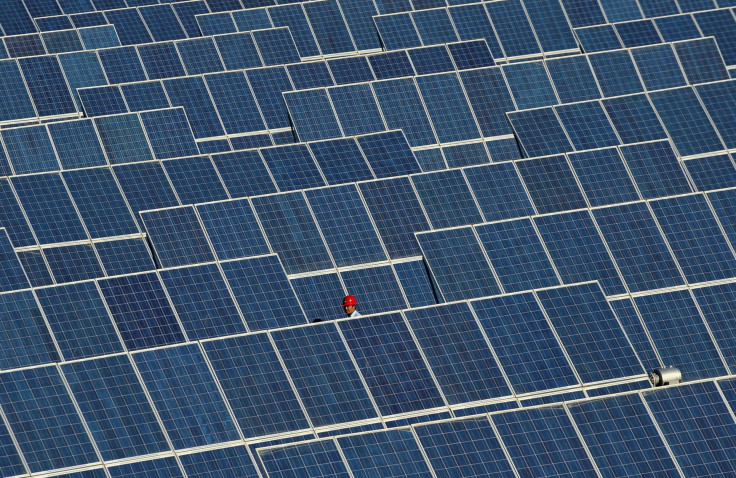Is Solar Power A Good Investment? Renewable Energy Has Paid For Itself As Far As Carbon Dioxide Is Concerned

Critics of solar power have long contended that the technology is a hoax. The panels may appear to create clean energy but, when taking into account the fossil fuels burned to create electricity to manufacture the panels, they become quite dirty, opponents say.
But a new study has found that solar panels make up for those emissions and then some over a 30-year lifetime. With advances made in the technology over the past four decades, solar panels now repay their energy consumption “multiple times,” according to a study published Tuesday in the journal Nature Communications.
The study looked at data from solar panels going back to 1976 and determined that the total carbon costs of manufacturing solar panels, while high when the technology was still in nascent stages, was likely repaid in about 2011 when accounting for clean energy consumption displacing carbon dioxide.
The growth during that time frame was impressive. In 1976, the study noted, there were fewer than 10,000 solar panels around the world. The study said that there were more than a billion installed globally today.
At the end of this year "we would have some 300 GW installed" Wilfried Van Sark, a co-author of the study from Utrecht University in the Netherlands, told Agence France-Presse. That makes up about 1-1.5 percent of the total global electricity demand.
At the same time, renewable energy sources have become increasingly competitive compared to their fossil fuel counterparts. The strength of renewables remained visible even as crashing prices for oil, natural gas and coal were observed in the past couple of years.
The International Energy Agency determined last year that renewable energies had closed the price gap with fossil fuels and were competitive. Coal and atomic plants at the time produced a megawatt-hour of power for about $100 while solar produced the same for $200, down from $500 in 2010.
© Copyright IBTimes 2024. All rights reserved.












